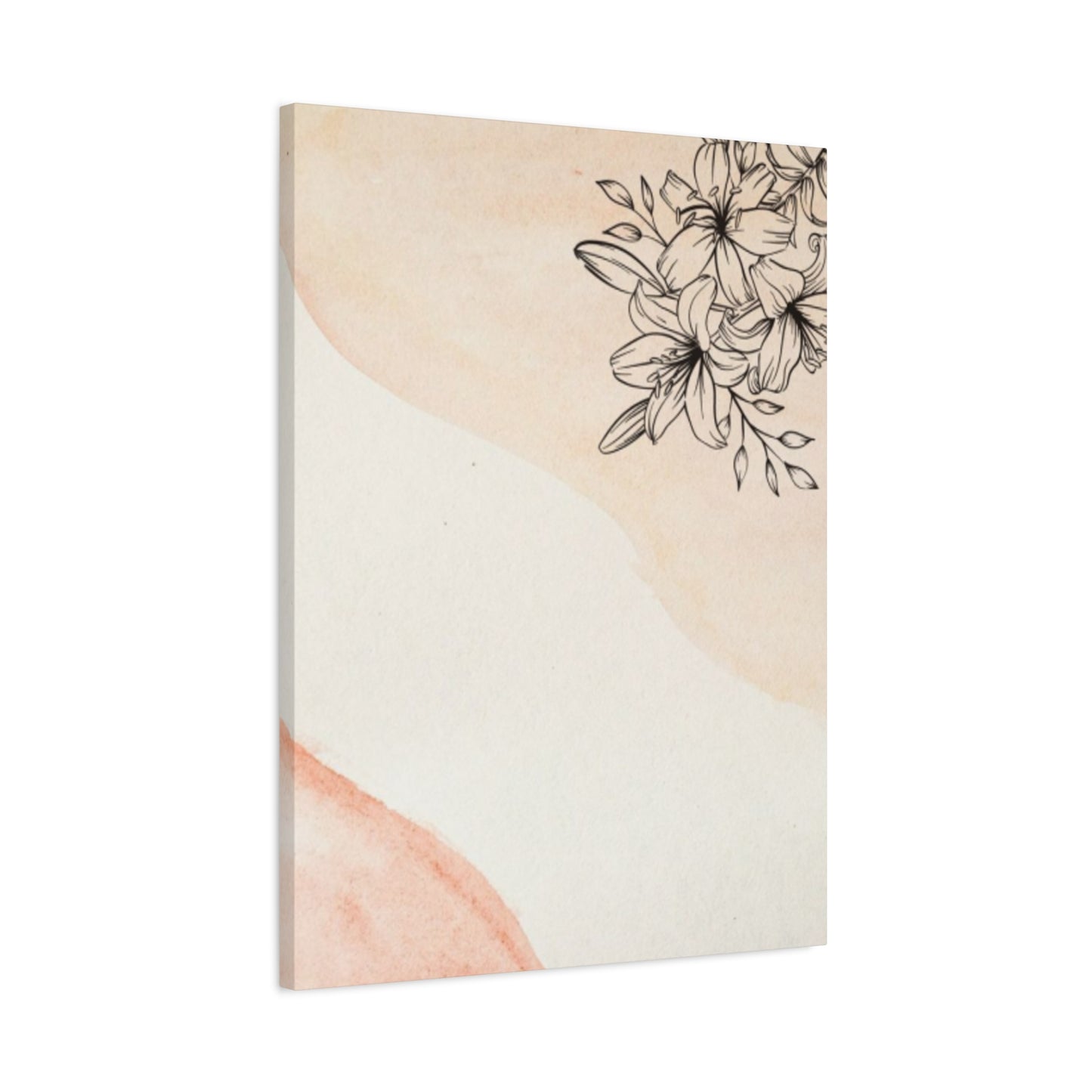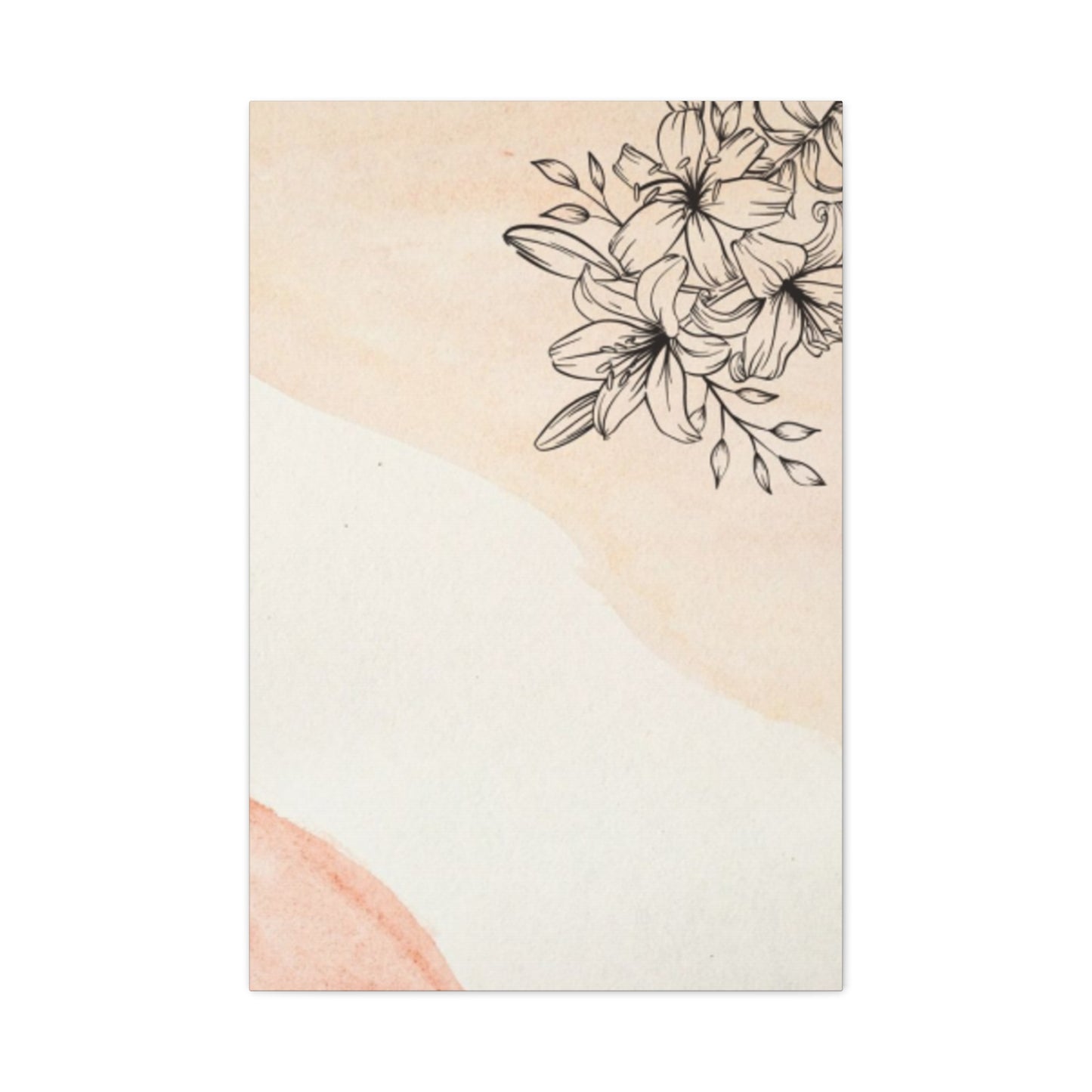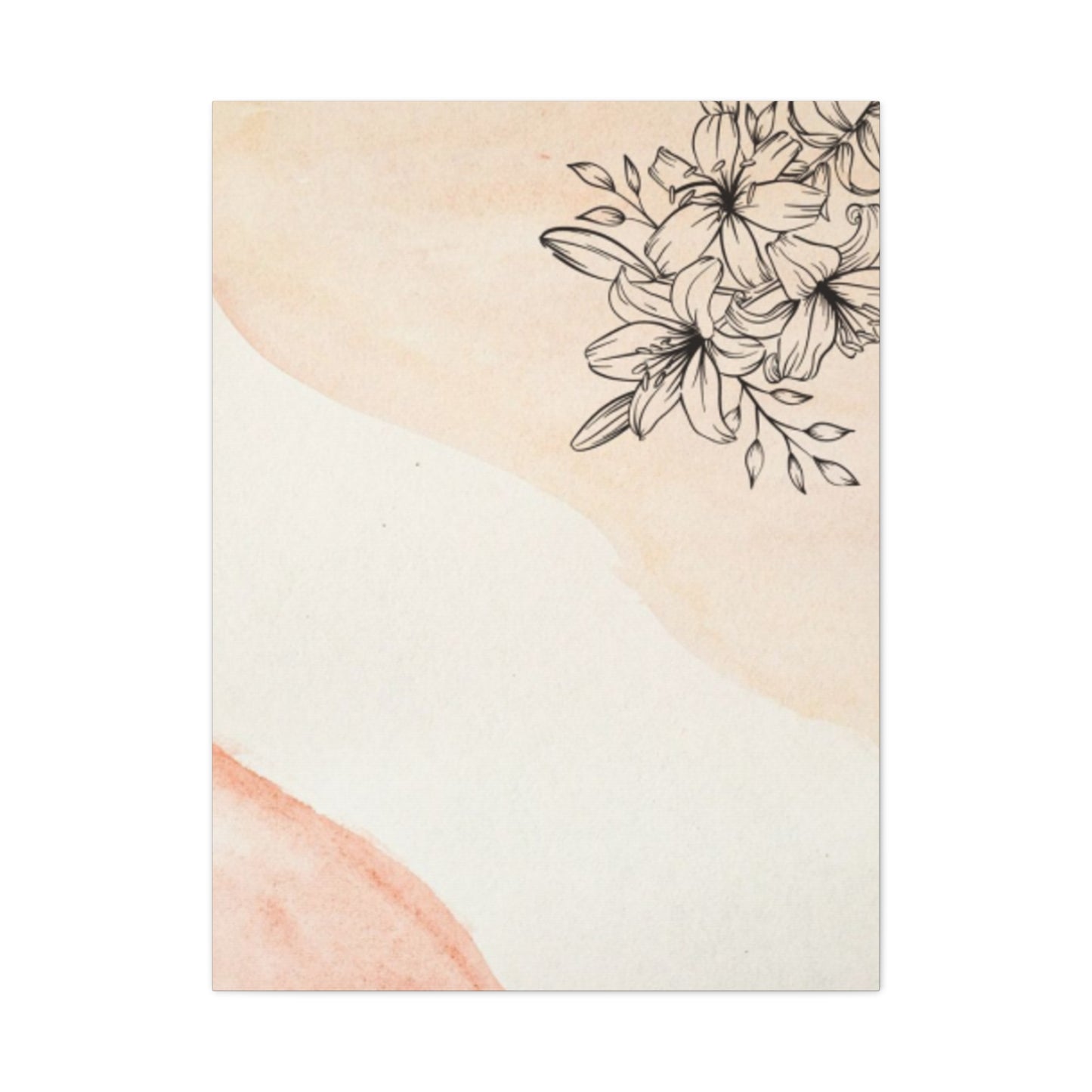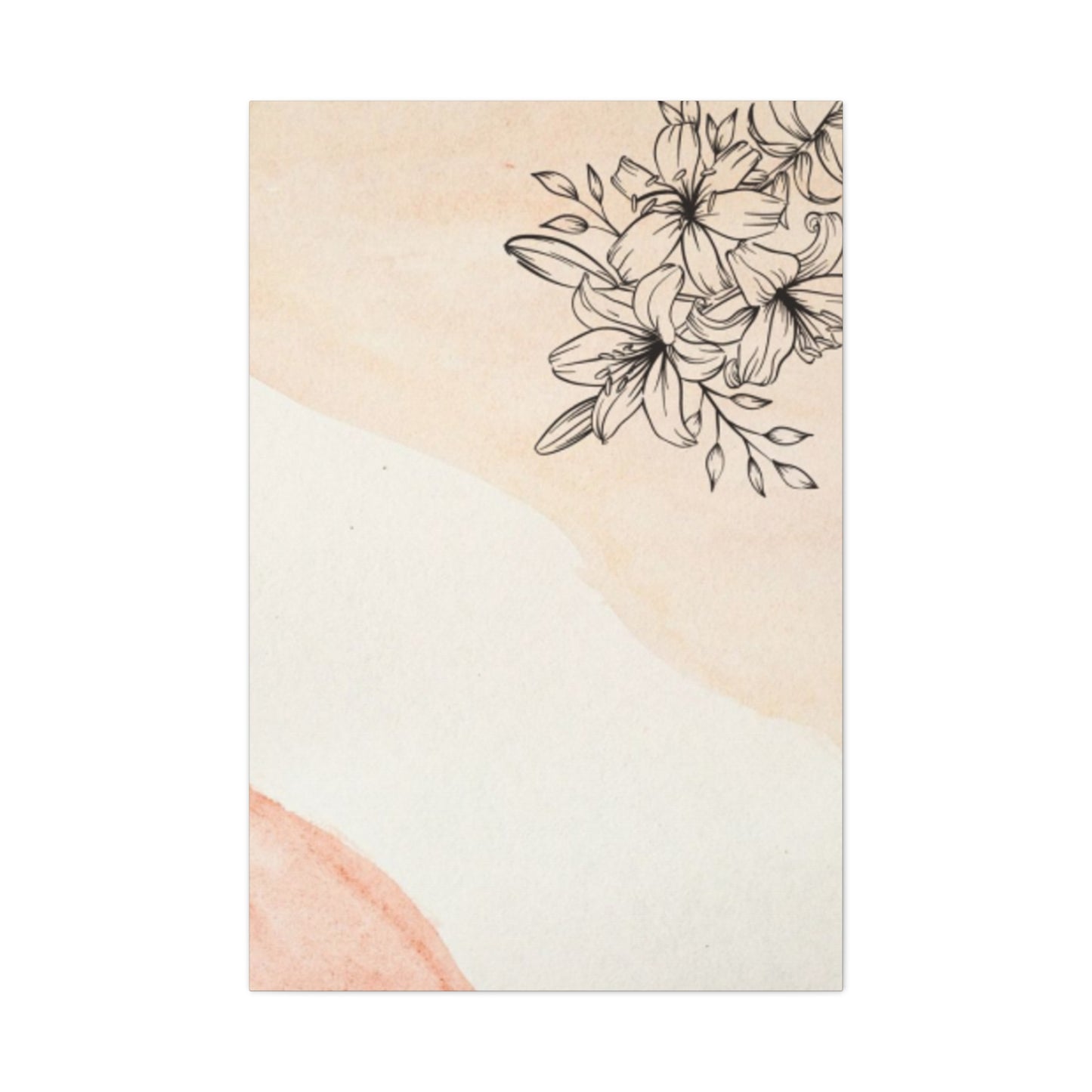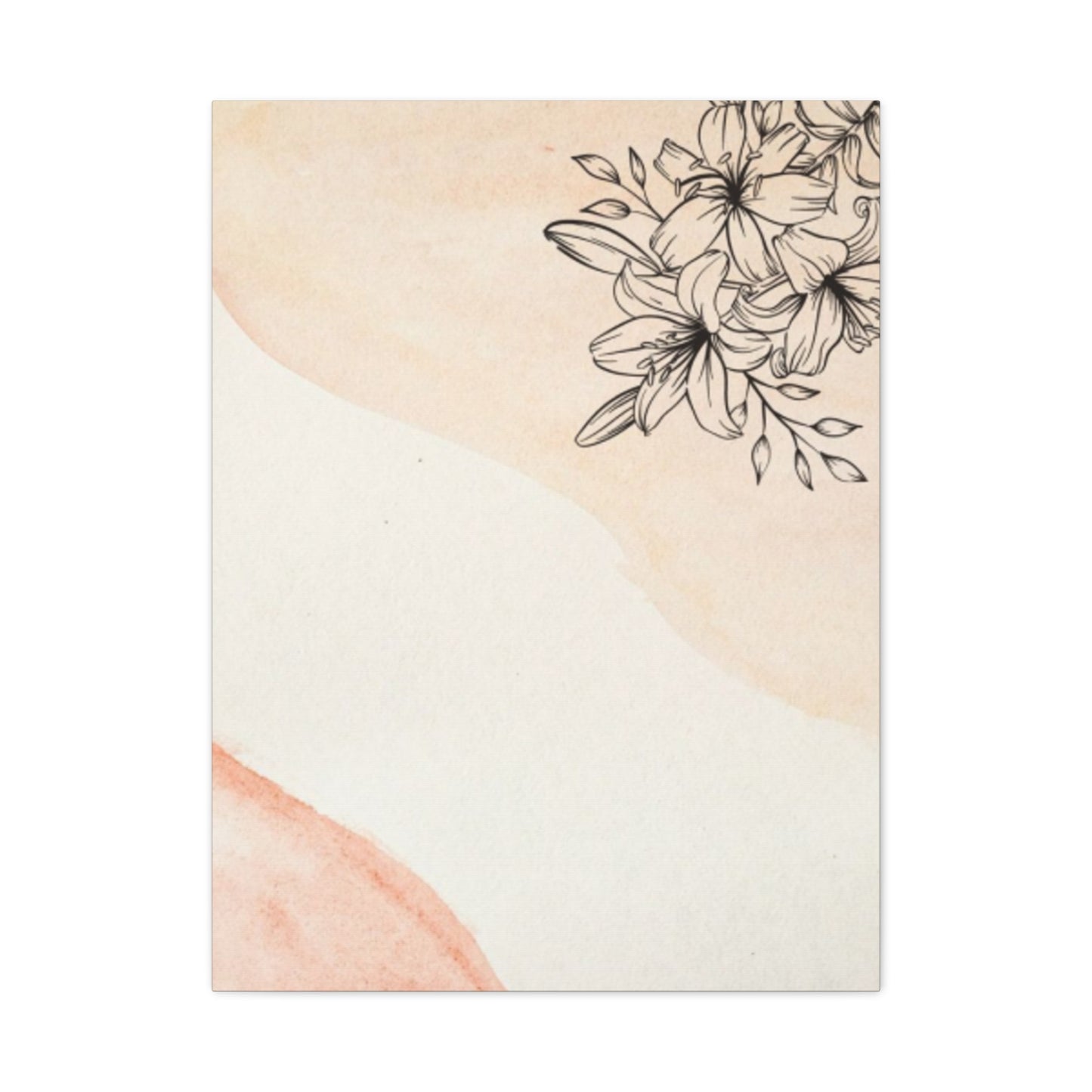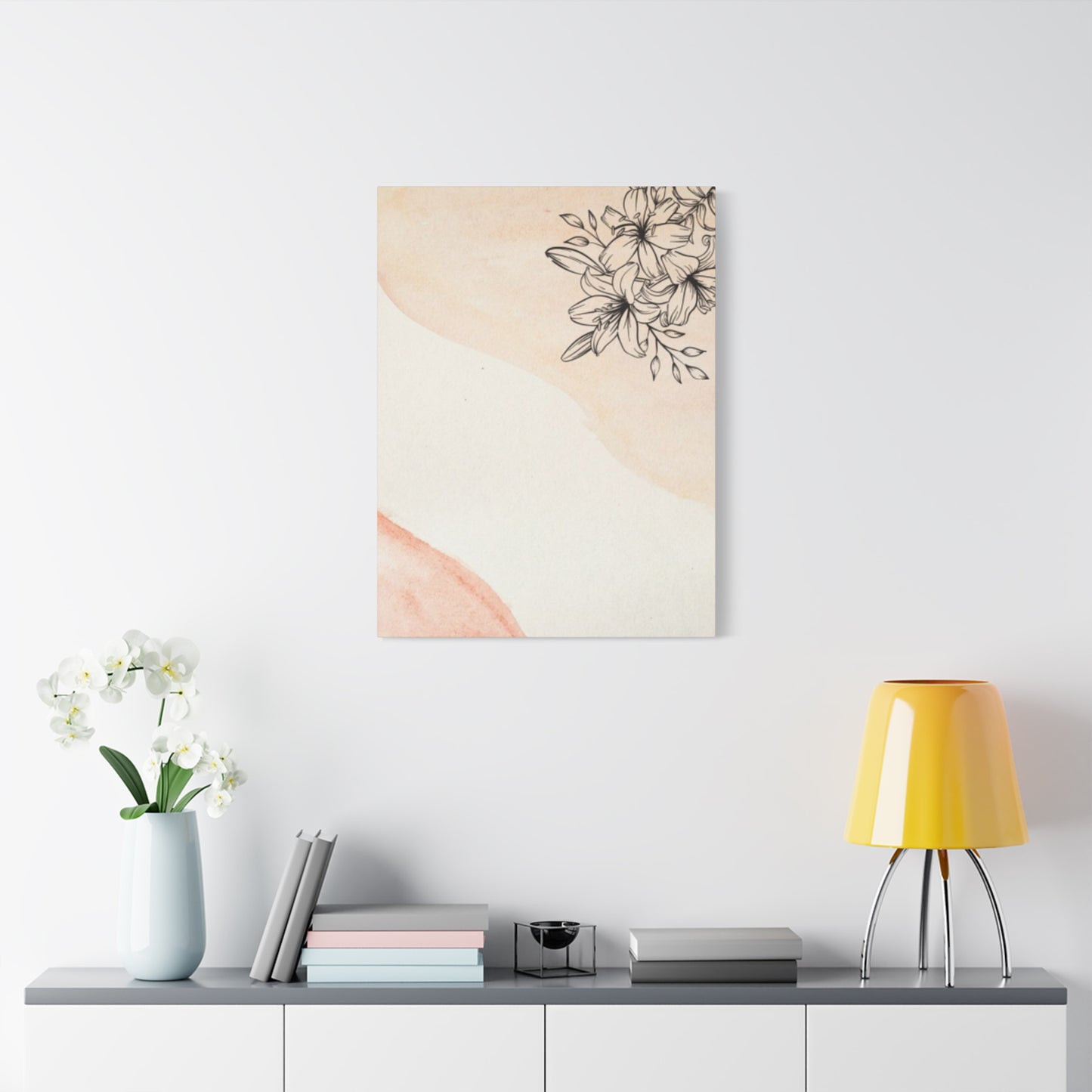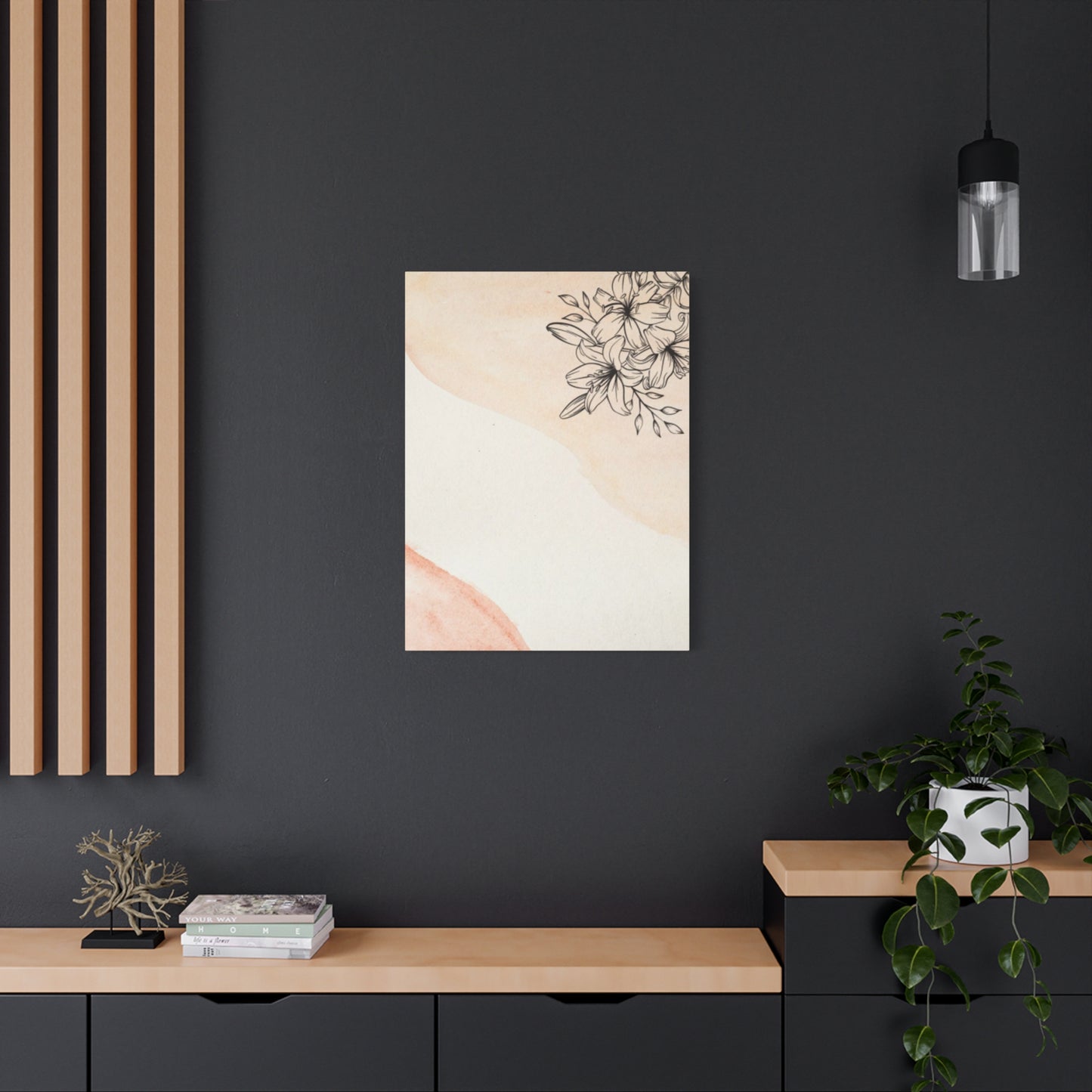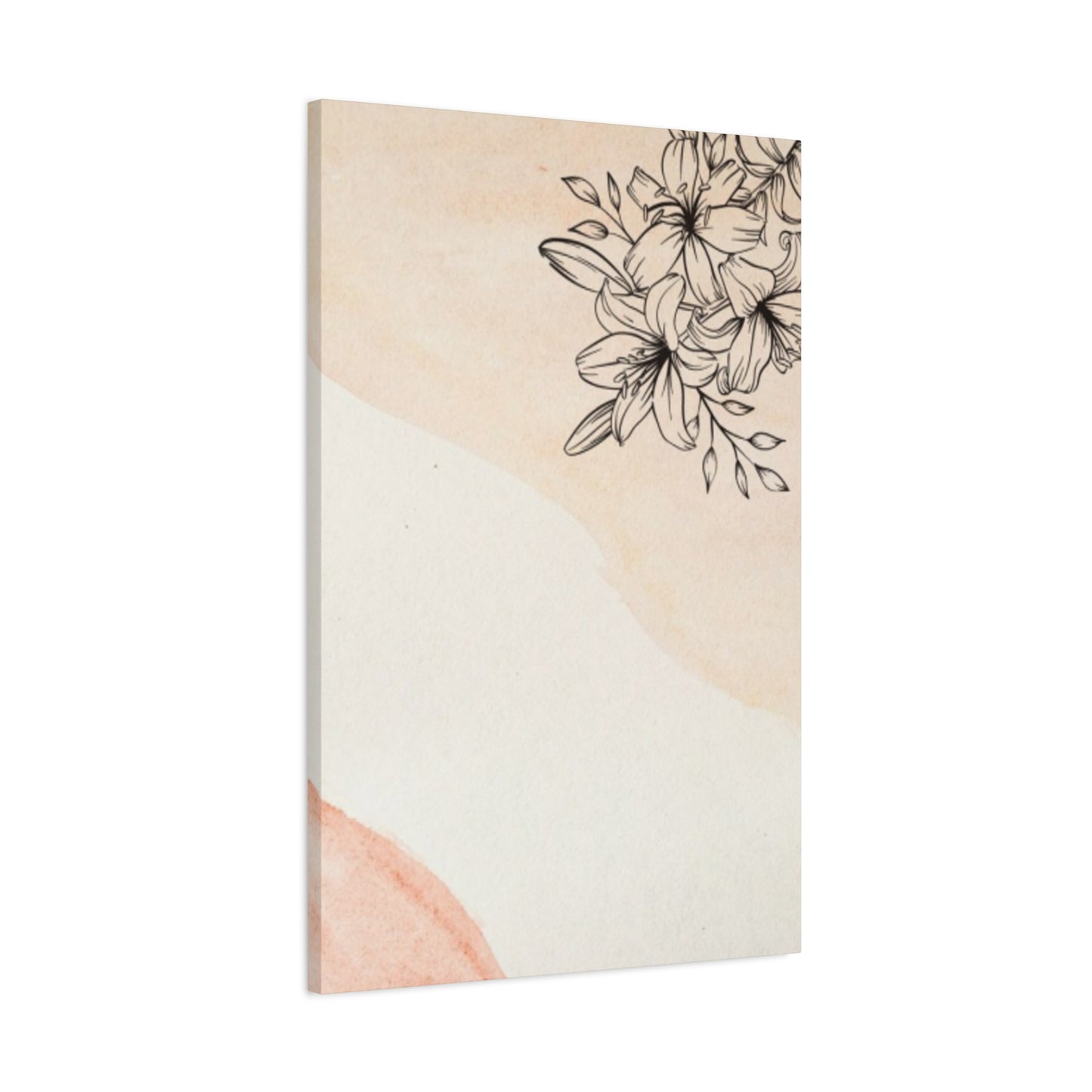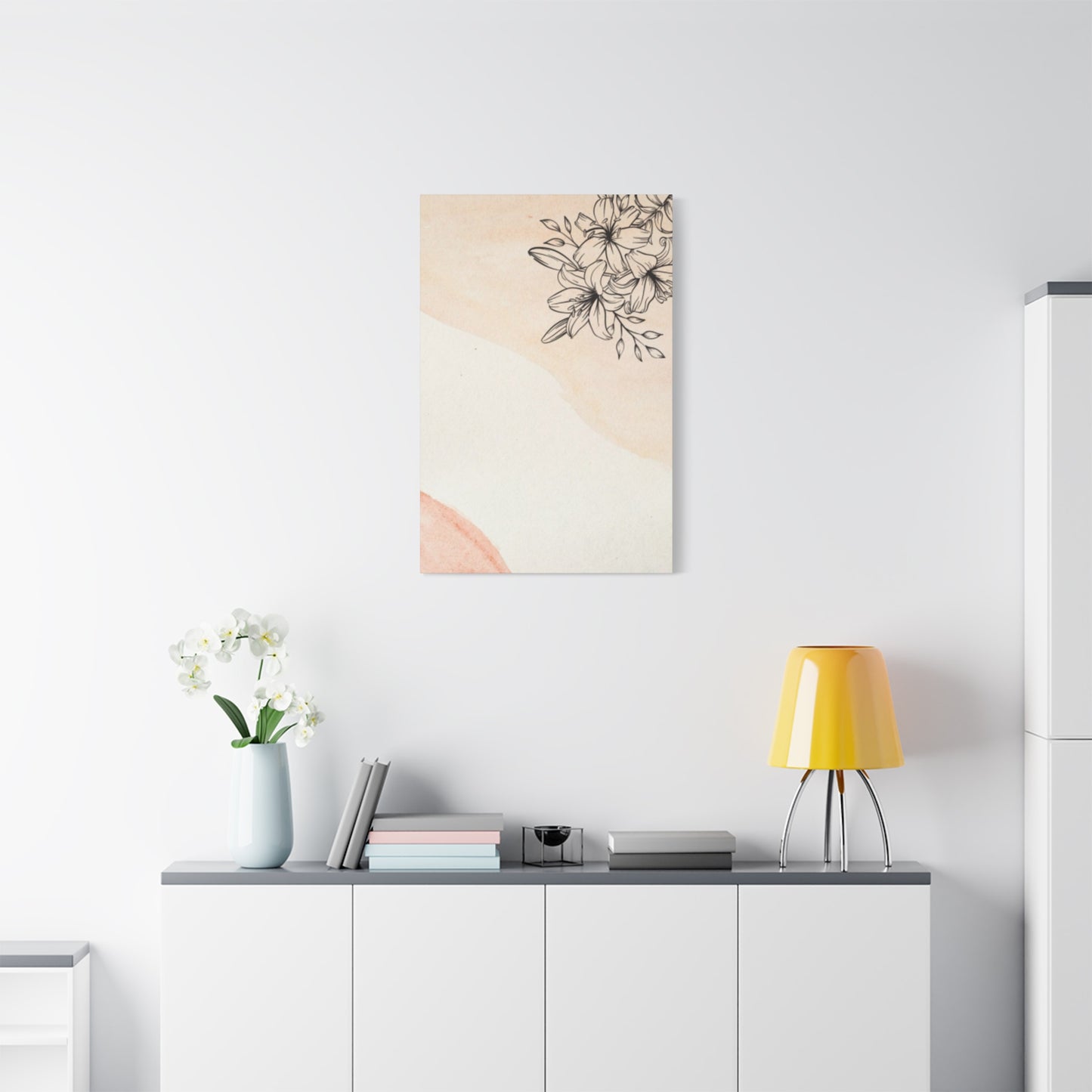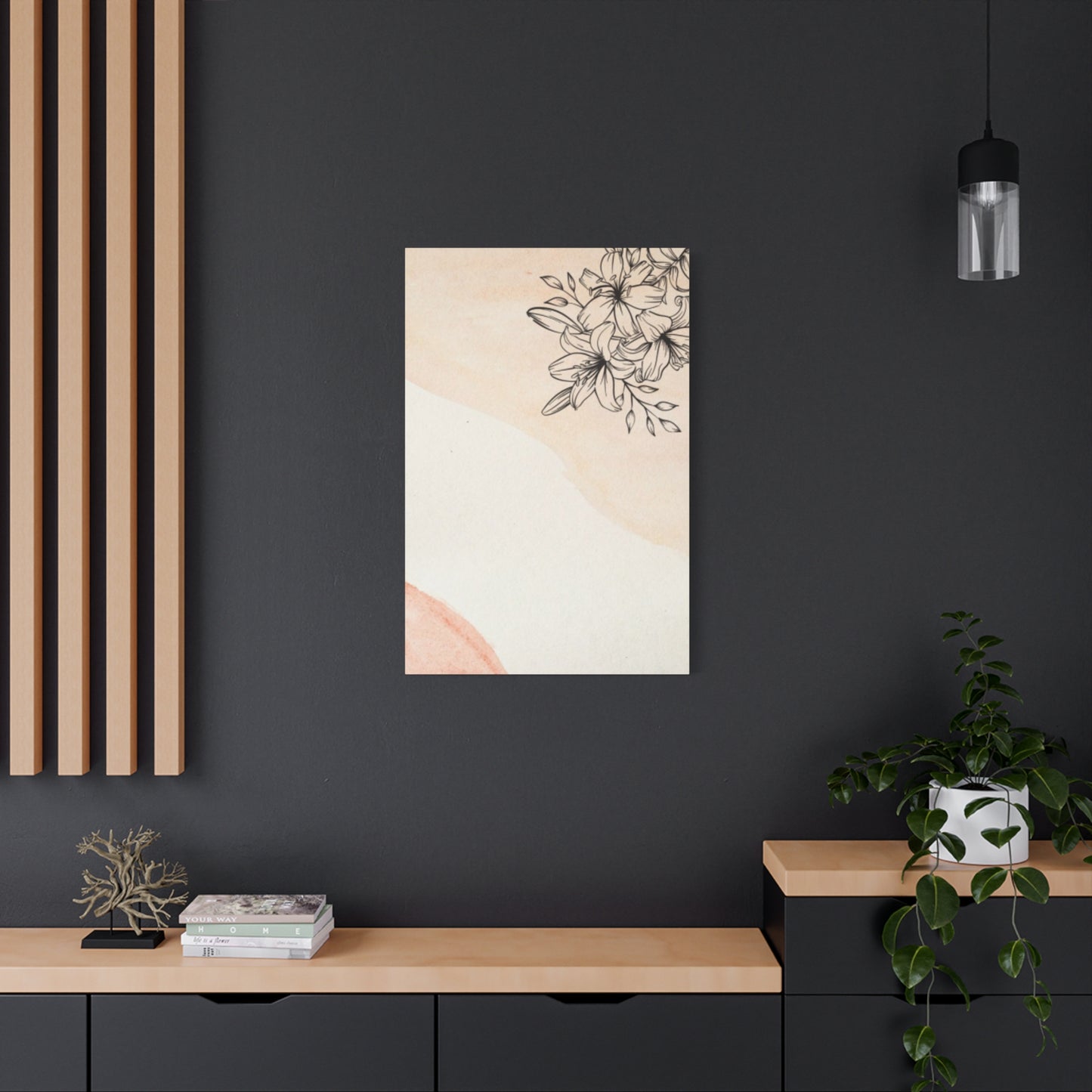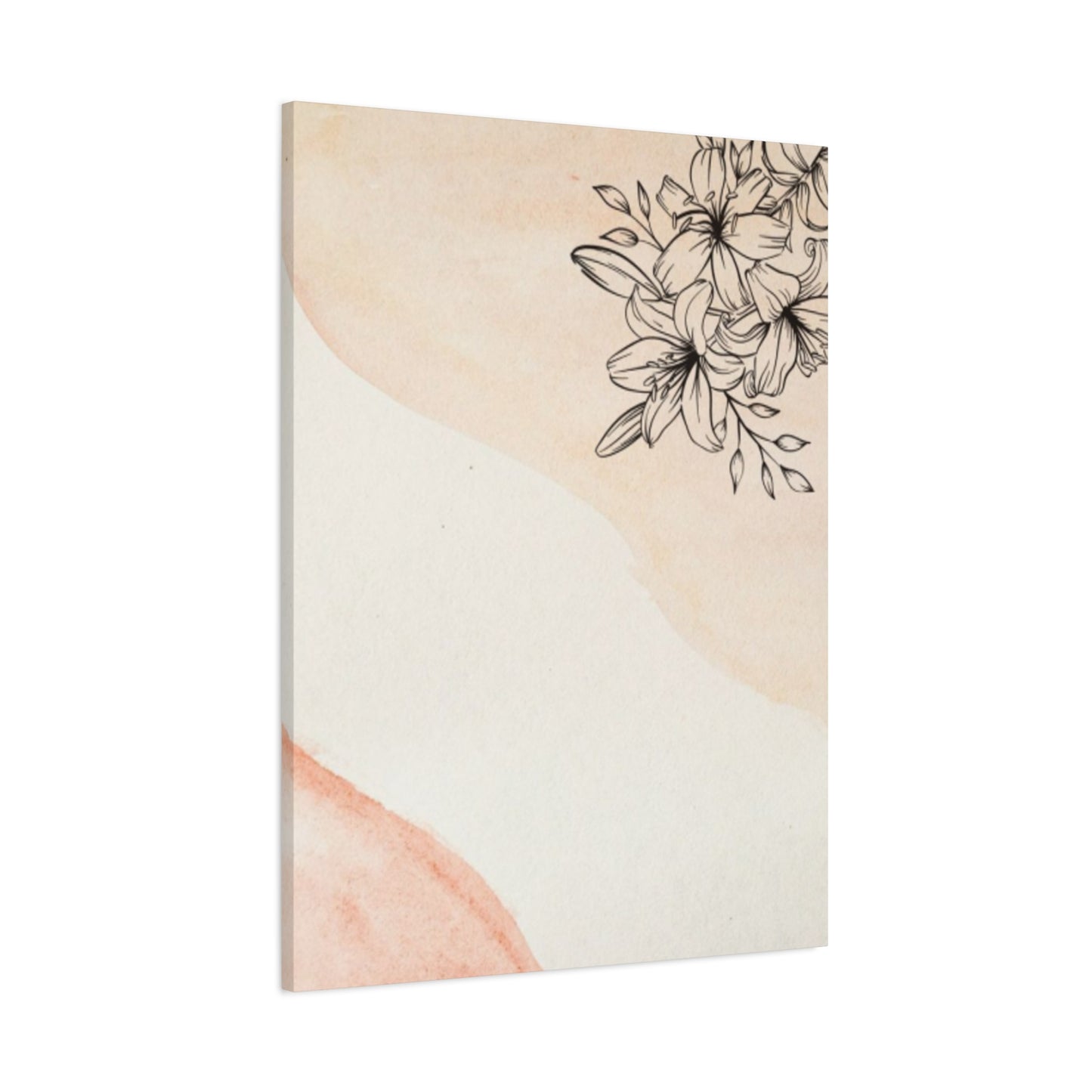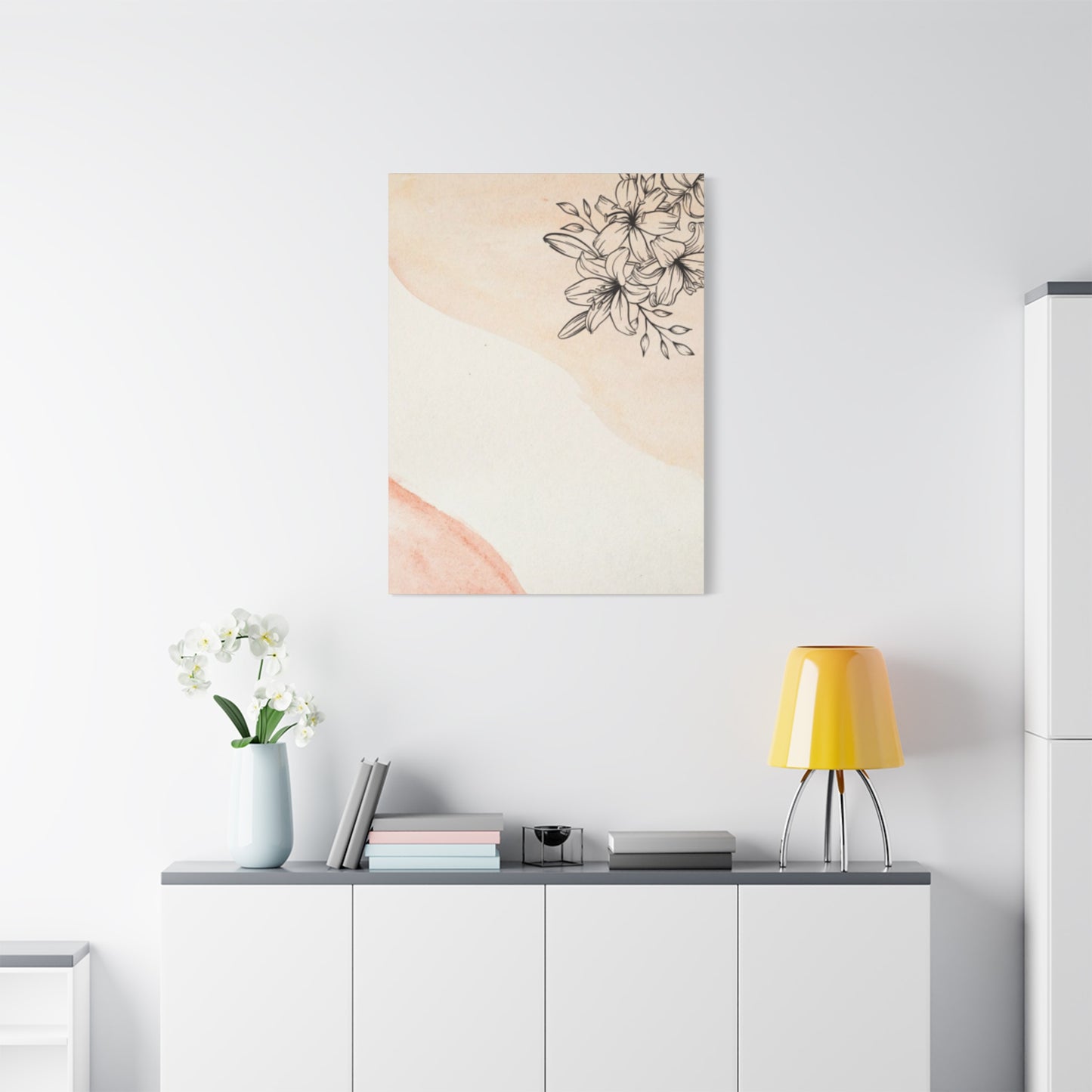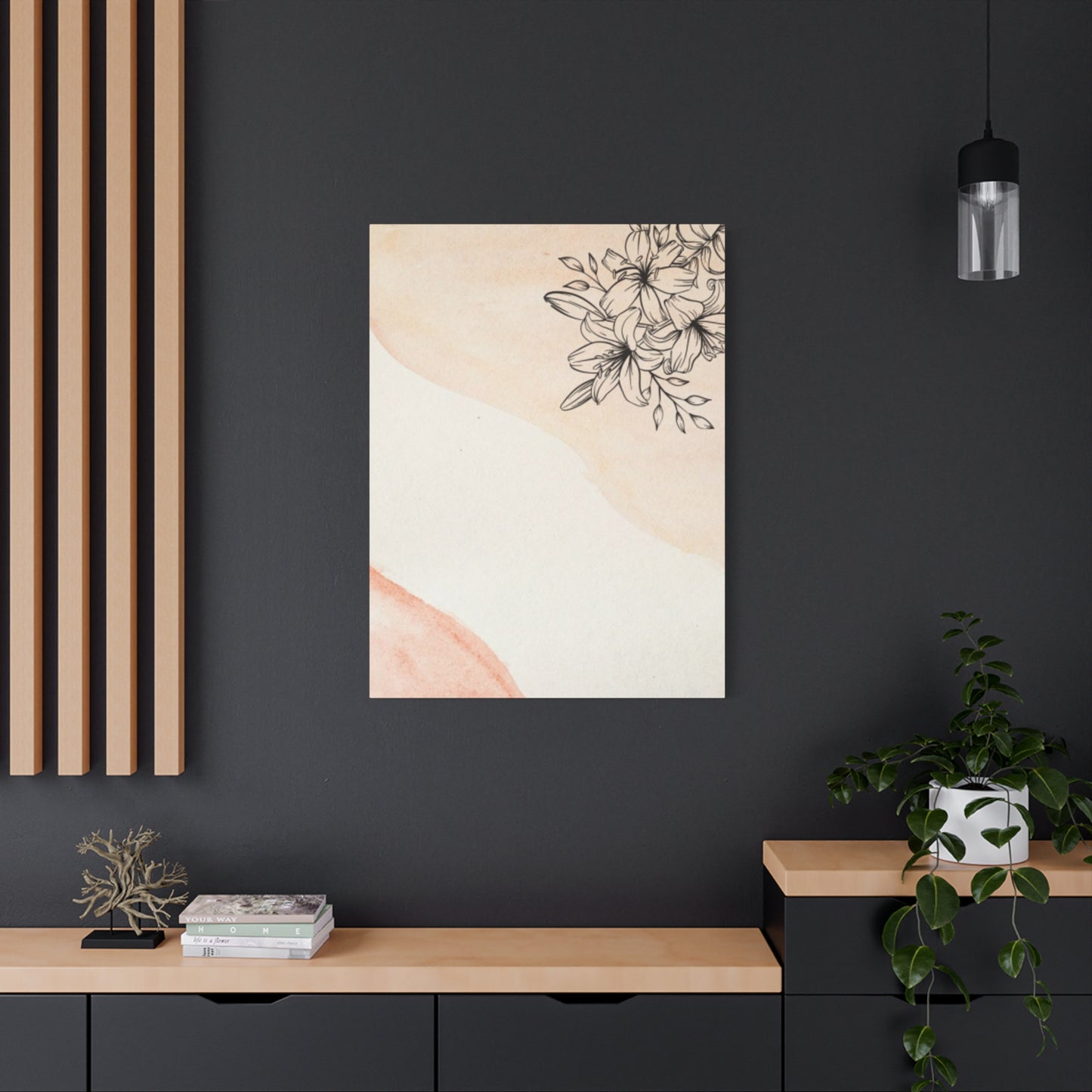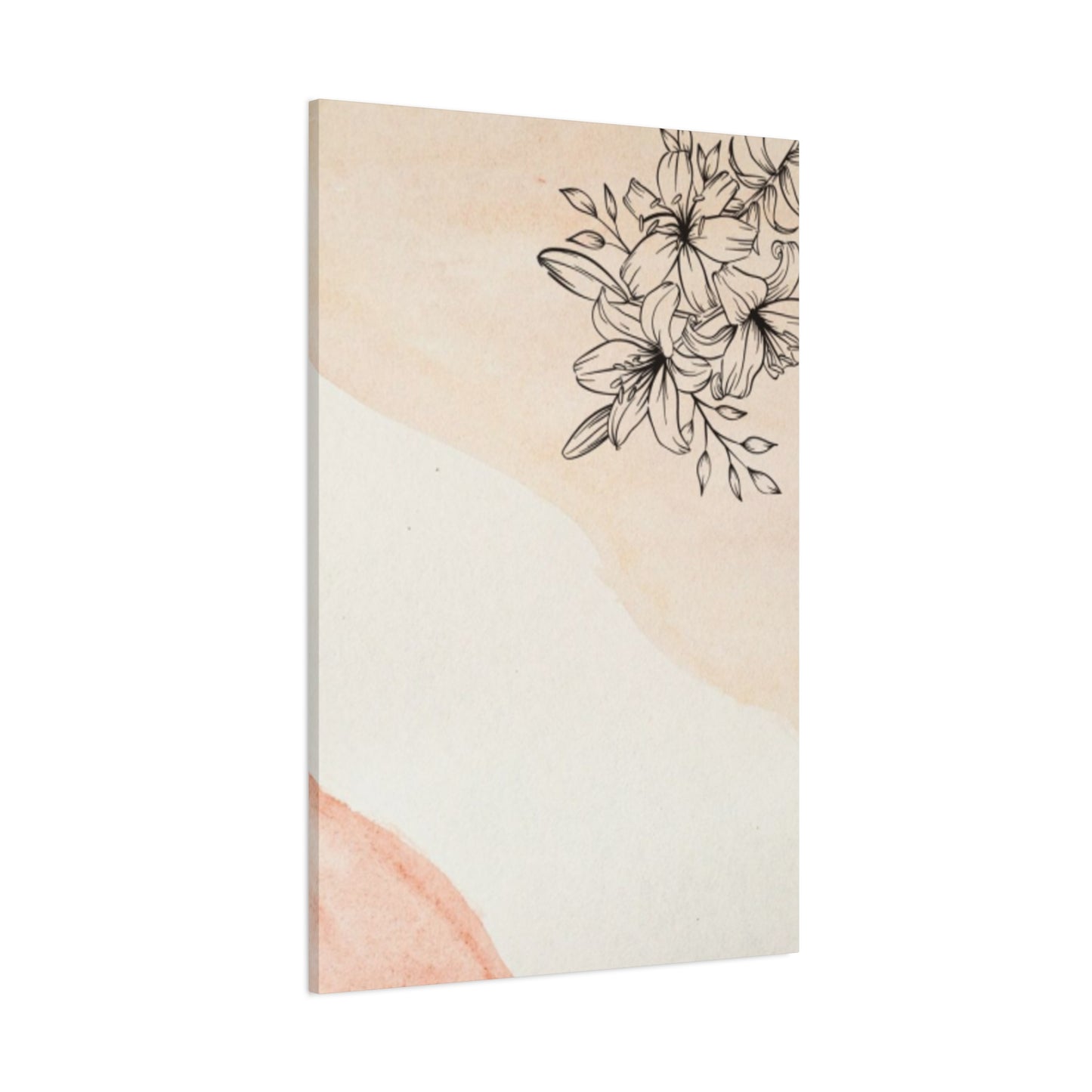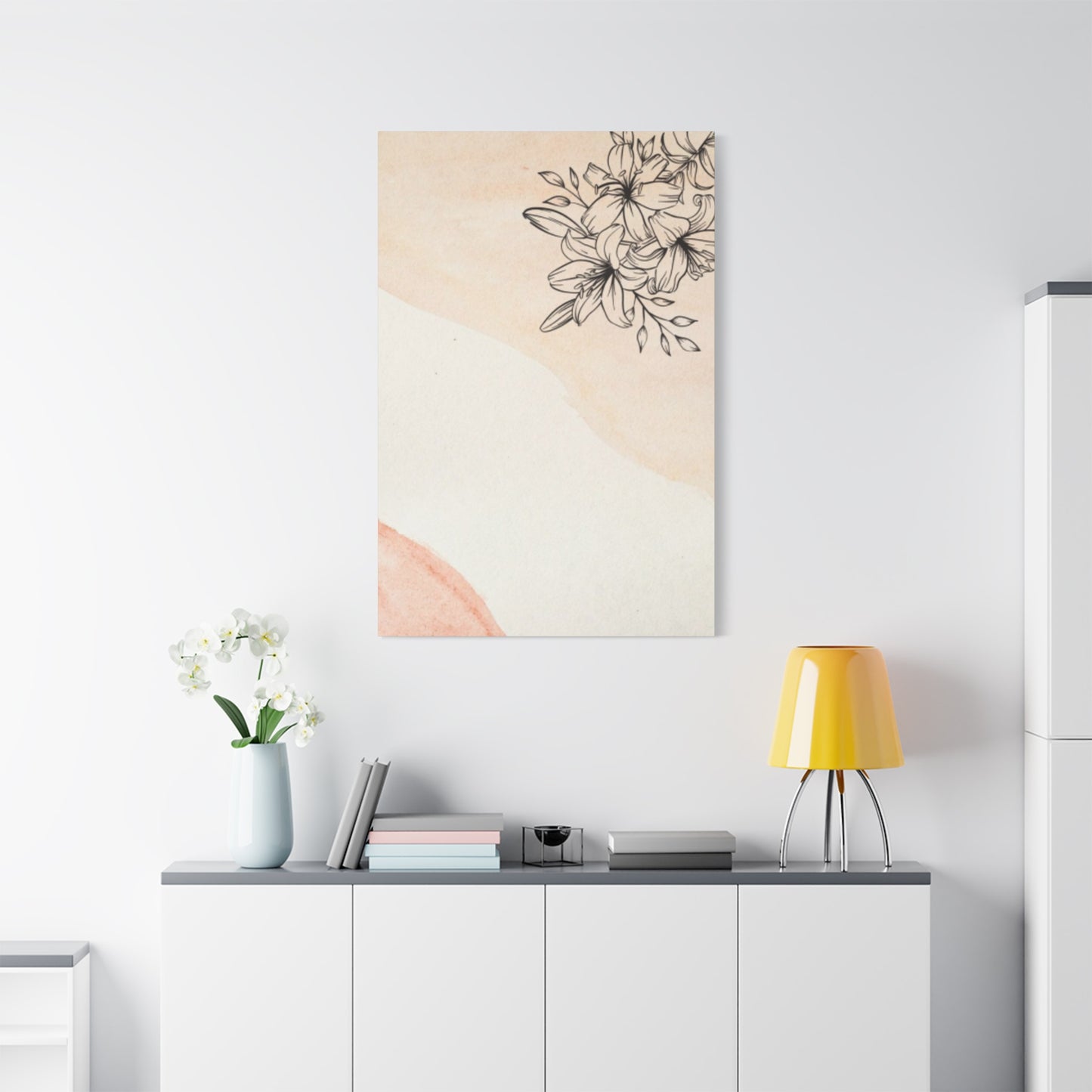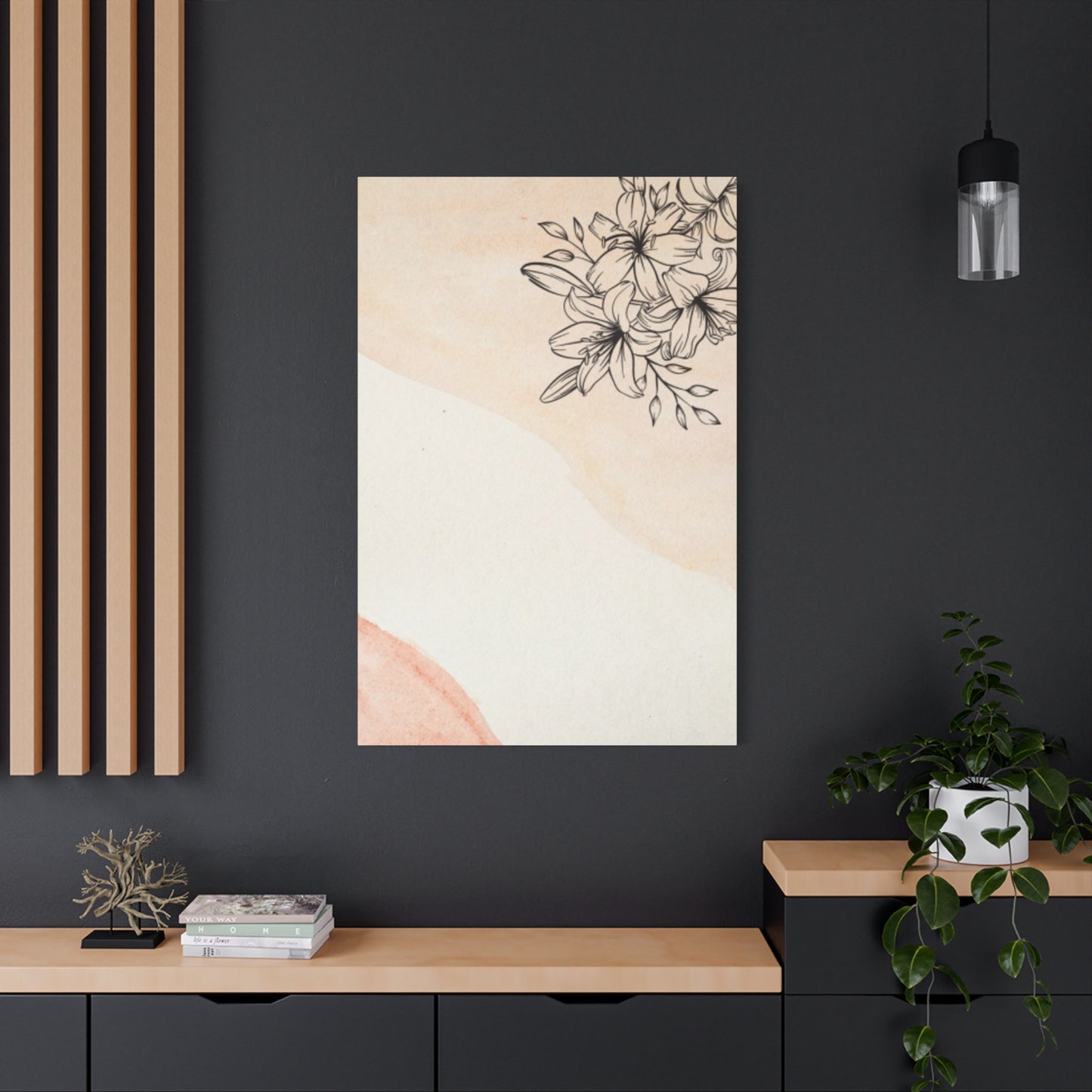Creating a Tranquil Bedroom Oasis with Brown Eucalyptus Wall art Decor
The art of incorporating natural elements into interior design has gained tremendous popularity in recent years, with eucalyptus wall decor emerging as one of the most versatile and aesthetically pleasing options available. This aromatic botanical element brings both visual appeal and therapeutic benefits to any living space, creating an atmosphere that promotes relaxation while adding sophisticated natural beauty to your walls.
Eucalyptus wall decor represents more than just a design trend; it embodies a lifestyle choice that prioritizes wellness, sustainability, and connection to nature. The silvery-green foliage of eucalyptus branches provides a calming backdrop that complements various interior design styles, from modern minimalist to rustic farmhouse aesthetics. Whether you choose fresh eucalyptus that fills your space with its distinctive fragrance or opt for preserved varieties that maintain their beauty indefinitely, these decorative elements transform ordinary walls into stunning focal points.
The versatility of eucalyptus wall decor allows homeowners to experiment with different arrangements, from simple single-branch displays to elaborate botanical installations. This natural material works exceptionally well in spaces where you want to create a sense of tranquility, such as bedrooms, bathrooms, meditation rooms, or reading nooks. The gentle curves and organic shapes of eucalyptus branches soften harsh architectural lines while introducing texture and movement to flat wall surfaces.
Simple DIY Eucalyptus Branch Wall Hanging
Creating an elegant eucalyptus branch wall hanging requires minimal materials and crafting experience, making it an ideal project for beginners seeking to add natural beauty to their homes. The simplicity of this design allows the natural characteristics of eucalyptus to shine while creating a striking visual impact that enhances any room's ambiance.
Begin by selecting high-quality eucalyptus branches that display the characteristic silvery-green coloration and healthy foliage. Fresh eucalyptus from local florists or garden centers provides the most vibrant appearance and aromatic benefits, while dried or preserved eucalyptus offers longevity and requires less maintenance. Consider the size of your intended display area when choosing branches, ensuring they proportionally fit the wall space without overwhelming surrounding furnishings.
The foundation of your wall hanging starts with preparing a simple wooden dowel or branch that serves as the mounting point. Sand the wood smooth and apply a clear protective finish or leave it natural for a more organic appearance. This horizontal support will hold your eucalyptus arrangement and provide the structural integrity needed for a long-lasting display.
Attach strong twine or natural rope to both ends of your wooden support, creating a hanging mechanism that allows for easy wall mounting. The length of your hanging cords depends on your desired positioning and ceiling height, but generally, 12 to 18 inches provides optimal visual placement for most rooms.
Gather your eucalyptus branches and arrange them in a pleasing composition, considering how the natural curves and foliage density create visual balance. Some branches may be longer or fuller than others, which adds organic variation to your design. Secure each branch to the wooden support using thin wire or natural twine, wrapping carefully to maintain the branches' natural positioning while ensuring they remain firmly attached.
Layer multiple branches at different lengths to create depth and visual interest in your wall hanging. The cascading effect of varying branch lengths mimics natural growth patterns and prevents the arrangement from appearing too rigid or artificial. Allow some branches to extend beyond others, creating an organic flowing design that draws the eye downward.
Position your completed eucalyptus wall hanging at eye level or slightly above, ensuring it receives appropriate lighting to highlight the foliage's natural beauty. Avoid placing the arrangement in direct sunlight if using fresh eucalyptus, as this can cause premature drying and leaf drop. Instead, choose locations with bright, indirect light that showcases the silvery tones while preserving the plant material.
Regular maintenance involves gently misting fresh eucalyptus to maintain its appearance and removing any fallen leaves or dried stems as needed. This simple care routine helps preserve the wall hanging's beauty and ensures it continues to provide aromatic benefits throughout its display period.
How to Style Eucalyptus for Natural Wall Decor
Styling eucalyptus for natural wall decor requires an understanding of design principles that maximize the botanical element's inherent beauty while creating cohesive integration with existing interior elements. The key to successful eucalyptus styling lies in recognizing how this versatile plant material interacts with different textures, colors, and architectural features throughout your space.
Color coordination plays a crucial role in eucalyptus wall decor styling. The natural silver-green hue of eucalyptus foliage pairs beautifully with neutral color palettes, including whites, creams, soft grays, and natural wood tones. These combinations create serene, spa-like atmospheres that promote relaxation and mental clarity. For spaces with bolder color schemes, eucalyptus serves as a calming counterpoint that helps balance more vibrant elements.
Consider the existing textures in your room when incorporating eucalyptus wall decor. The smooth, elongated leaves of eucalyptus provide an excellent contrast to rough textures like exposed brick walls, woven baskets, or chunky knit textiles. Conversely, eucalyptus complements smooth surfaces such as painted walls, glass, or polished metal fixtures by adding organic texture and visual interest.
Scale and proportion significantly impact the effectiveness of eucalyptus wall styling. Large rooms with high ceilings can accommodate substantial eucalyptus installations or multiple arrangements without appearing cluttered. Smaller spaces benefit from more modest displays that provide natural beauty without overwhelming the available square footage. Consider the viewing distance when determining the appropriate size for your eucalyptus arrangements.
Lighting considerations enhance the styling impact of eucalyptus wall decor. Natural daylight brings out the subtle color variations and leaf textures, while warm artificial lighting creates cozy, intimate atmospheres. Avoid harsh fluorescent lighting, which can wash out the natural colors and make eucalyptus appear dull or lifeless. Strategic placement near windows or under soft accent lighting maximizes visual appeal.
The architectural features of your space influence optimal eucalyptus placement and styling approaches. Alcoves, built-in shelving, and wall niches provide natural frameworks for eucalyptus displays, while open walls offer opportunities for creating custom arrangements that serve as standalone art pieces. Consider how eucalyptus can highlight positive architectural features while minimizing attention to less desirable elements.
Seasonal styling adjustments help maintain visual interest throughout the year. Fresh eucalyptus provides vibrant color and fragrance during spring and summer months, while preserved or dried varieties offer lasting beauty during winter when fresh options may be less readily available. Rotating between different eucalyptus varieties and styling approaches prevents your decor from becoming stagnant.
Integration with other natural elements enhances the overall styling impact of eucalyptus wall decor. Combining eucalyptus with other dried grasses, branches, or botanical elements creates layered displays that feel more substantial and visually engaging. However, maintain restraint to prevent arrangements from becoming overwhelming or competing for attention.
Minimalist Wall Art with Fresh or Faux Eucalyptus
Minimalist design principles emphasize simplicity, clean lines, and intentional use of space, making eucalyptus an ideal botanical element for creating understated yet impactful wall art. The natural elegance of eucalyptus branches aligns perfectly with minimalist aesthetics, providing organic beauty without visual clutter or excessive ornamentation.
Fresh eucalyptus offers immediate appeal through its vibrant coloration and distinctive fragrance, creating multi-sensory experiences that enhance the minimalist environment. The aromatic qualities of fresh eucalyptus contribute to improved air quality and stress reduction, supporting the wellness-focused lifestyle often associated with minimalist design philosophy. However, fresh eucalyptus requires regular replacement and maintenance to preserve its appearance.
Faux eucalyptus provides long-term consistency and eliminates maintenance concerns while maintaining the visual benefits of natural foliage. High-quality artificial eucalyptus closely mimics the appearance of fresh varieties, offering realistic textures and coloration that satisfy minimalist design requirements. The durability of faux eucalyptus makes it particularly suitable for spaces where consistent appearance is prioritized over aromatic benefits.
Creating minimalist eucalyptus wall art begins with selecting a limited number of branches that create maximum visual impact through strategic placement rather than abundance. Choose branches with clean, uncluttered forms that exemplify the natural beauty of eucalyptus without excessive complexity or visual noise. The goal is to create a sense of calm and order that supports the minimalist aesthetic.
Consider mounting options that reinforce minimalist principles by remaining virtually invisible while providing necessary support. Clear acrylic holders, thin metal brackets, or nearly transparent fishing line allow eucalyptus branches to appear as though they're floating against the wall surface. These subtle mounting solutions maintain the focus on the natural beauty of the botanical elements.
Negative space plays a crucial role in minimalist eucalyptus wall art, with empty areas around the botanical elements being as important as the plant material itself. Allow generous spacing between individual branches or clusters, creating breathing room that prevents the arrangement from appearing crowded or overwhelming. This strategic use of empty space enhances the visual impact of each eucalyptus element.
Color restraint supports minimalist design goals by limiting the palette to natural eucalyptus tones and neutral wall colors. White or light gray walls provide ideal backgrounds that allow the subtle silver-green hues of eucalyptus to stand out without competing with bold or distracting colors. This monochromatic approach creates serene, cohesive environments that promote tranquility.
Geometric arrangements can enhance minimalist eucalyptus wall art by introducing structured organization that feels intentional and planned. Consider arranging branches in parallel lines, creating grid patterns, or establishing rhythmic spacing that reinforces the minimalist emphasis on order and simplicity. These geometric approaches contrast beautifully with the organic curves of natural eucalyptus forms.
Lighting for minimalist eucalyptus wall art should be subtle and indirect, avoiding dramatic shadows or harsh contrasts that might disrupt the serene atmosphere. Soft, diffused lighting enhances the natural textures and colors of eucalyptus while maintaining the calm, uncluttered feeling essential to minimalist design success.
Bringing Nature Indoors with Eucalyptus Branches
The practice of incorporating natural elements into indoor environments has gained significant recognition for its positive effects on mental health, air quality, and overall well-being. Eucalyptus branches serve as powerful tools for bringing nature indoors, creating connections to the natural world that are often missing from urban and suburban living environments.
Biophilic design principles recognize the innate human connection to nature and the benefits of incorporating natural elements into built environments. Eucalyptus branches fulfill these principles by providing visual, textural, and aromatic connections to the natural world. The presence of eucalyptus can reduce stress, improve concentration, and create more pleasant indoor environments that support both physical and mental health.
The aromatic properties of eucalyptus provide therapeutic benefits that extend beyond visual appeal. The natural oils released by eucalyptus foliage can help purify indoor air, reduce respiratory irritation, and create calming atmospheres that promote relaxation and sleep quality. These benefits make eucalyptus branches particularly valuable in bedrooms, meditation spaces, and areas dedicated to rest and rejuvenation.
Seasonal variations in natural eucalyptus availability encourage homeowners to develop deeper connections with natural cycles and rhythms. Fresh eucalyptus may be more abundant during certain times of the year, creating opportunities to rotate displays and maintain variety in indoor natural elements. This cyclical approach mirrors natural processes and helps maintain visual interest throughout the year.
Different eucalyptus varieties offer unique characteristics that can enhance indoor environments in various ways. Silver dollar eucalyptus provides distinctive round leaves that create bold visual impact, while baby eucalyptus offers delicate, fine-textured foliage that works well in smaller spaces. Understanding the characteristics of different varieties allows for more intentional selection based on specific design goals and space requirements.
The sustainability aspects of using eucalyptus branches for indoor decor align with environmentally conscious lifestyle choices. Eucalyptus is a renewable resource that grows relatively quickly and can be harvested without damaging the parent plant. Choosing locally sourced eucalyptus further reduces environmental impact while supporting local agricultural communities.
Creating natural focal points with eucalyptus branches helps establish visual anchors that draw attention and create points of interest within indoor spaces. These focal points can help define seating areas, highlight architectural features, or create conversation starters that reflect the homeowner's appreciation for natural beauty and environmental consciousness.
The tactile qualities of eucalyptus branches invite interaction and engagement, allowing occupants to touch, smell, and experience natural textures that are often absent from indoor environments. This sensory engagement supports stress reduction and creates more stimulating, healthful indoor experiences that promote overall well-being.
Integration of eucalyptus branches with other natural elements creates layered indoor ecosystems that feel more complete and satisfying. Combining eucalyptus with natural stones, wooden elements, or other botanical materials creates complex, interesting displays that provide sustained visual engagement and reinforce connections to natural environments.
Easy DIY: Eucalyptus Branch in a Floating Frame
Creating a floating frame display for eucalyptus branches combines the beauty of natural botanical elements with contemporary presentation methods that enhance visual impact while providing protection and longevity. This DIY project offers an elegant solution for showcasing eucalyptus in a way that feels both modern and organic.
The floating frame concept creates the illusion that eucalyptus branches are suspended within the frame without visible support, resulting in a clean, professional appearance that works well with various interior design styles. This presentation method allows viewers to appreciate the natural beauty of eucalyptus while providing a structured framework that prevents the arrangement from appearing random or unintentional.
Selecting the appropriate frame size and style significantly impacts the final appearance of your eucalyptus display. Choose frames that provide adequate space around the botanical elements, allowing for negative space that enhances the floating effect. Deep frames with substantial backing provide better support for three-dimensional eucalyptus arrangements, while shallow frames work well for pressed or flattened botanical displays.
Frame materials should complement both the eucalyptus and the surrounding decor. Natural wood frames enhance the organic qualities of eucalyptus while providing warmth and texture. Metal frames offer contemporary appeal and work well in modern or industrial settings. White or neutral-colored frames provide versatile options that work with most color schemes while keeping focus on the botanical elements.
Preparing eucalyptus for frame display may involve pressing, drying, or preserving techniques that ensure longevity and maintain appearance over time. Fresh eucalyptus can be pressed between heavy books for several weeks to create flattened specimens suitable for framing. Alternatively, air-drying eucalyptus maintains more three-dimensional characteristics while extending display life.
The mounting system within the floating frame requires careful consideration to achieve the desired effect while providing adequate support. Clear monofilament fishing line or thin wire can create nearly invisible support that maintains the floating illusion. Strategic placement of mounting points prevents sagging while keeping support mechanisms hidden from view.
Background selection influences the overall impact of framed eucalyptus displays. White or cream backgrounds provide clean, neutral settings that allow eucalyptus colors to stand out prominently. Natural linen or textured paper backgrounds add subtle interest without competing with the botanical elements. Consider the viewing environment when selecting background colors to ensure optimal contrast and visual appeal.
Multiple frame arrangements create more substantial visual impact and allow for creative compositions that tell stories or establish themes throughout a space. Grouping frames of varying sizes creates dynamic displays that feel more intentional and sophisticated than single frame presentations. Consider the relationship between individual frames when planning multiple frame installations.
Lighting considerations for framed eucalyptus displays help maximize visual appeal while protecting delicate botanical materials. Avoid direct sunlight, which can cause fading and deterioration over time. Instead, position framed displays where they receive bright, indirect light that showcases natural colors and textures without causing damage.
Seasonal rotation of framed eucalyptus displays helps maintain visual interest and allows for experimentation with different varieties and arrangements. Creating multiple framed pieces enables easy switching between displays to match seasonal preferences or changing decor themes.
Eucalyptus Wall Decor for a Calm, Spa-Like Vibe
Creating spa-like environments within residential spaces has become increasingly popular as people seek refuge from busy, stressful lifestyles. Eucalyptus wall decor plays a crucial role in establishing the serene, therapeutic atmosphere associated with high-end spa experiences, bringing professional relaxation benefits into personal living spaces.
The aromatherapeutic properties of eucalyptus contribute significantly to creating spa-like environments. The natural menthol content in eucalyptus leaves releases refreshing, cleansing scents that can help clear sinuses, reduce stress, and promote mental clarity. These therapeutic benefits make eucalyptus wall decor particularly valuable in bathrooms, bedrooms, and dedicated relaxation spaces.
Color psychology supports the use of eucalyptus in spa-inspired design schemes. The soft silver-green hues of eucalyptus foliage evoke feelings of tranquility, balance, and connection to nature. These calming colors help reduce anxiety and promote relaxation, making them ideal for spaces dedicated to rest, meditation, or self-care activities.
Humidity tolerance makes eucalyptus particularly well-suited for bathroom installations where spa-like atmospheres are most desired. The natural moisture resistance of eucalyptus allows it to thrive in steamy bathroom environments while providing aromatic benefits that enhance shower and bath experiences. The combination of warm water and eucalyptus creates natural aromatherapy sessions that promote relaxation and stress relief.
Strategic placement of eucalyptus wall decor enhances the spa-like experience by creating visual continuity and flow throughout relaxation spaces. Consider how eucalyptus arrangements guide the eye and create sight lines that promote feelings of openness and tranquility. Avoid cluttered arrangements that might create visual stress or distraction from the intended calming effect.
Texture coordination supports spa-like design goals by incorporating smooth, natural materials that feel soothing to touch. Combine eucalyptus wall decor with soft textiles, smooth stones, and polished wood surfaces to create tactile experiences that reinforce the spa aesthetic. The contrast between eucalyptus foliage and smooth surfaces creates visual interest while maintaining overall harmony.
Lighting design plays a crucial role in establishing spa-like atmospheres with eucalyptus wall decor. Soft, warm lighting enhances the natural colors of eucalyptus while creating intimate, cozy environments. Consider installing dimmer switches or using candles to create adjustable lighting that can be customized for different relaxation activities.
Water integration enhances the spa-like qualities of eucalyptus wall decor by creating humidity that releases aromatic oils while adding soothing sound elements. Small fountains, essential oil diffusers, or even strategic placement near shower areas can amplify the therapeutic benefits of eucalyptus while reinforcing the spa aesthetic.
Minimalist styling approaches support spa-like design by eliminating visual clutter that might interfere with relaxation. Choose simple, clean arrangements that feel purposeful and calming rather than busy or overwhelming. The goal is to create spaces that promote mental clarity and stress reduction through thoughtful, intentional design choices.
Maintenance routines for spa-like eucalyptus displays should feel like self-care rituals rather than chores. Regular misting, gentle cleaning, and replacement of tired specimens can become mindful practices that contribute to the overall wellness experience. Approach maintenance as opportunities for quiet reflection and connection with natural elements.
Rustic Charm: Hanging Eucalyptus with Twine
Rustic design aesthetics celebrate natural materials, handcrafted elements, and the beauty found in imperfection, making eucalyptus and twine combinations ideal for creating charming, country-inspired wall displays. This approach emphasizes the organic qualities of both materials while creating arrangements that feel authentic and unpretentious.
The tactile qualities of natural twine complement eucalyptus beautifully, providing earthy textures that enhance the overall rustic appeal. Jute, hemp, or cotton twines offer different textures and colors that can be selected to match specific design goals and color schemes. The slightly rough, organic appearance of natural twine contrasts nicely with the smooth leaves of eucalyptus while maintaining visual harmony.
Mounting techniques for rustic eucalyptus displays should emphasize handcrafted approaches that appear casual and unstructured. Avoid perfectly straight lines or rigid geometric arrangements in favor of organic, flowing designs that feel naturally evolved rather than precisely planned. Allow twine to show natural variations in tension and positioning that add to the rustic authenticity.
Weathering and aging processes can enhance the rustic appeal of eucalyptus and twine combinations over time. Allow natural patina development on metal hardware, slight fading of twine colors, and gradual changes in eucalyptus appearance to contribute to the overall charm of rustic displays. Embrace these natural aging processes as part of the design's evolving character.
Material selection for rustic eucalyptus displays should prioritize natural, unprocessed options whenever possible. Choose eucalyptus branches with natural curves, variations in leaf size, and organic imperfections that add character and authenticity. Avoid overly perfect or uniform specimens that might appear artificial or inconsistent with rustic design goals.
Hardware choices should reflect rustic values by incorporating aged metals, reclaimed wood, or hand-forged elements that show evidence of craftsmanship and use. Antique brass hooks, weathered iron brackets, or repurposed wooden elements can serve as mounting points that enhance rather than detract from the overall rustic aesthetic.
Layering techniques create depth and visual interest in rustic eucalyptus displays by combining multiple elements at different heights and depths. Overlap different lengths of twine, vary the positioning of eucalyptus branches, and incorporate additional natural elements like dried flowers or seed pods to create complex, engaging arrangements that reward closer inspection.
Color coordination for rustic eucalyptus displays should emphasize earth tones and natural hues that reflect outdoor environments. Warm browns, muted greens, cream colors, and weathered grays create harmonious palettes that feel connected to natural landscapes. Avoid bright, artificial colors that might clash with the organic rusticity of eucalyptus and twine combinations.
Scale considerations for rustic displays often favor larger, more substantial arrangements that create significant visual impact. Rustic design can accommodate bold installations that might overwhelm more refined design styles. Consider how rustic eucalyptus displays can fill large wall spaces or create dramatic focal points that anchor room designs.
Seasonal adaptations allow rustic eucalyptus displays to evolve throughout the year while maintaining their essential character. Add seasonal elements like pine cones, berries, or fall leaves to refresh displays without completely rebuilding arrangements. This evolutionary approach keeps rustic decor feeling fresh and connected to natural cycles.
Eucalyptus Art Ideas for Entryways and Bathrooms
Entryways and bathrooms present unique design challenges and opportunities for eucalyptus wall art, requiring considerations for high-traffic areas, moisture exposure, and the desire to create immediate positive impressions. These spaces benefit significantly from the welcoming, refreshing qualities that eucalyptus provides while serving important functional roles within the home.
Entryway eucalyptus art creates immediate positive impressions for guests while establishing the overall design aesthetic of the home. The fresh, clean appearance of eucalyptus conveys attention to detail and appreciation for natural beauty, setting expectations for the quality and style found throughout the residence. Strategic placement near the entrance door ensures maximum visibility and impact.
Size considerations for entryway eucalyptus art must account for the typically limited space available while ensuring sufficient visual impact to serve as an effective welcome element. Vertical arrangements work well in narrow entryway spaces, drawing the eye upward and creating the illusion of greater height. Horizontal arrangements can help widen narrow spaces while providing stable visual anchors.
Durability becomes especially important in entryway applications where eucalyptus art may be subjected to temperature fluctuations from opening doors, varying humidity levels, and potential physical contact from passing traffic. Consider preserved or high-quality artificial eucalyptus for these challenging environments, as they maintain appearance consistency despite environmental stresses.
Bathroom eucalyptus art benefits from the natural humidity resistance and aromatherapeutic properties that make eucalyptus particularly well-suited for these environments. The steamy conditions created by showers and baths help release the natural oils in eucalyptus leaves, creating spa-like aromatic experiences that enhance daily routines and promote relaxation.
Moisture considerations for bathroom eucalyptus installations require careful attention to mounting methods and material choices that can withstand humid conditions without deteriorating. Sealed wood frames, stainless steel hardware, and moisture-resistant adhesives help ensure longevity in bathroom environments while maintaining safety and appearance standards.
Ventilation factors influence the success of bathroom eucalyptus art by affecting both air circulation and moisture control. Good ventilation helps prevent mold and mildew development while ensuring that aromatic benefits are distributed throughout the space rather than becoming concentrated in small areas. Position eucalyptus art to take advantage of natural airflow patterns.
Privacy considerations for bathroom eucalyptus art should account for window placement and sight lines while creating attractive focal points that enhance the space's appeal. Strategic placement can help direct attention away from less attractive bathroom fixtures while creating pleasant visual experiences that make daily routines more enjoyable.
Maintenance access for both entryway and bathroom eucalyptus art requires planning for regular care and replacement without disrupting daily routines. Choose mounting methods that allow easy removal for cleaning or replacement, and position arrangements where they can be reached safely for routine maintenance tasks.
Integration with existing fixtures and architectural features helps eucalyptus art feel like intentional design elements rather than afterthoughts. Consider how eucalyptus arrangements interact with lighting fixtures, mirrors, towel bars, and other bathroom accessories to create cohesive, well-planned appearances.
Safety considerations for bathroom eucalyptus art include secure mounting that prevents falls in wet conditions, appropriate placement away from electrical fixtures, and selection of non-toxic plant materials that are safe for household members with allergies or sensitivities.
Combining Eucalyptus with Dried Florals on the Wall
The artful combination of eucalyptus with dried florals creates sophisticated wall displays that offer extended beauty, rich textures, and complex visual interest throughout changing seasons. This approach maximizes the decorative potential of natural materials while providing long-lasting displays that require minimal maintenance once established.
Color harmony between eucalyptus and dried florals requires careful selection to create pleasing combinations that feel intentional and balanced. The silver-green tones of eucalyptus work particularly well with dried flowers in cream, white, soft pink, or muted purple hues. These combinations create romantic, vintage-inspired palettes that work well in bedrooms, living areas, and dining spaces.
Texture contrast enhances the visual appeal of eucalyptus and dried floral combinations by providing variety that keeps arrangements interesting and engaging. The smooth, elongated leaves of eucalyptus provide excellent contrast to the more complex textures found in dried roses, peonies, or hydrangeas. This textural diversity creates depth and richness that single-material displays cannot achieve.
Scale balance ensures that neither eucalyptus nor dried florals overwhelm the other, creating harmonious compositions where both elements contribute to the overall success of the display. Consider the relative sizes of eucalyptus leaves and dried flower heads when planning arrangements, ensuring that proportions feel natural and balanced rather than competing for attention.
Preservation techniques for combined eucalyptus and dried floral displays help ensure longevity and maintain appearance quality over time. Both eucalyptus and many flowers can be air-dried using similar methods, making it possible to process materials together and create coordinated displays that age gracefully and consistently.
Mounting strategies for complex eucalyptus and dried floral arrangements may require more sophisticated support systems than single-material displays. Consider using multiple attachment points, stronger mounting hardware, or grid systems that distribute weight evenly while providing flexibility for arranging different elements according to their individual characteristics.
Seasonal adaptations allow eucalyptus and dried floral combinations to reflect changing times of year while maintaining core design elements. Spring arrangements might emphasize fresh eucalyptus with dried tulips or daffodils, while fall displays could incorporate dried sunflowers, wheat, or autumn leaves alongside eucalyptus branches.
Storage considerations become important when creating multiple eucalyptus and dried floral arrangements for seasonal rotation. Proper storage prevents damage, maintains color integrity, and ensures that preserved materials remain usable for future displays. Climate-controlled environments with low humidity help prevent deterioration during storage periods.
Design themes help guide the selection and arrangement of eucalyptus and dried florals to create cohesive displays that support specific aesthetic goals. Romantic themes might emphasize soft colors and flowing arrangements, while contemporary themes could focus on geometric patterns and bold color contrasts.
Integration with existing decor requires consideration of how eucalyptus and dried floral combinations interact with furniture, wall colors, and other decorative elements. These natural arrangements should enhance rather than compete with existing design elements, creating layered, sophisticated environments that feel thoughtfully composed.
Maintenance schedules for eucalyptus and dried floral displays help preserve appearance and prevent deterioration that could detract from their decorative value. Regular dusting, removal of damaged elements, and periodic refreshing with new materials keep these arrangements looking their best throughout their display life.
Scandinavian-Inspired DIY Eucalyptus Wall Decor
Scandinavian design principles emphasize simplicity, functionality, and connection to nature, making eucalyptus an ideal botanical element for creating authentic Nordic-inspired wall decor. The clean lines, neutral colors, and emphasis on natural materials that characterize Scandinavian design align perfectly with eucalyptus's inherent aesthetic qualities.
The concept of hygge, central to Scandinavian lifestyle philosophy, emphasizes cozy comfort and contentment found in simple pleasures. Eucalyptus wall decor contributes to hygge environments by providing natural beauty, subtle fragrance, and visual softness that creates welcoming, comfortable spaces where people naturally want to spend time and relax.
Color palettes for Scandinavian eucalyptus decor should emphasize the neutral, muted tones characteristic of Nordic design. White walls provide ideal backgrounds for eucalyptus displays, while soft grays, creams, and natural wood tones create harmonious environments that feel authentic to Scandinavian aesthetic principles. Avoid bold or bright colors that might conflict with the understated Scandinavian approach.
Material selection for Scandinavian eucalyptus projects should prioritize natural, unprocessed materials that show evidence of their origins. Light-colored woods like birch, pine, or oak work well for mounting elements and display frameworks. Natural fibers such as linen or cotton provide appropriate textural elements when needed for securing or displaying eucalyptus arrangements.
Geometric arrangements reflect Scandinavian appreciation for order and structural beauty while maintaining organic appeal. Consider creating linear displays, parallel arrangements, or grid patterns that organize eucalyptus elements according to mathematical principles without sacrificing their natural characteristics. These structured approaches feel purposeful and considered.
Functionality considerations ensure that Scandinavian eucalyptus decor serves practical purposes beyond pure aesthetics. Wall-mounted eucalyptus displays might incorporate hooks for hanging items, provide aromatic benefits in living spaces, or serve as natural air fresheners in bedrooms and bathrooms. This dual-purpose approach aligns with Scandinavian values of practical beauty.
Seasonal adaptations allow Scandinavian eucalyptus displays to reflect the natural cycles that are deeply important to Nordic culture. Fresh eucalyptus during warmer months can be replaced with preserved varieties during winter, maintaining visual interest while acknowledging seasonal changes that significantly impact Scandinavian daily life.
Lighting integration supports Scandinavian design goals by maximizing natural light exposure while creating warm, inviting atmospheres during darker months. Position eucalyptus displays to take advantage of available daylight while considering how artificial lighting can enhance their appearance during evening hours or winter seasons when daylight is limited.
Minimalist mounting approaches keep focus on the eucalyptus itself rather than elaborate display systems that might detract from the natural beauty. Simple metal brackets, thin wooden strips, or nearly invisible hanging systems maintain the clean, uncluttered appearance essential to authentic Scandinavian design success.
Integration with other Scandinavian design elements creates cohesive environments where eucalyptus displays feel like natural components of larger design schemes. Consider how eucalyptus arrangements interact with typical Scandinavian furniture, textiles, and decorative objects to create harmonious spaces that feel authentically Nordic.
Quality considerations emphasize durability and longevity that support Scandinavian values of sustainability and mindful consumption. Choose high-quality materials and construction methods that ensure eucalyptus displays will provide lasting beauty rather than requiring frequent replacement or repair.
Vertical Garden Vibes with Eucalyptus Branches
Creating vertical garden effects with eucalyptus branches transforms ordinary walls into living art installations that bring the beauty and benefits of greenery into indoor spaces without requiring complex growing systems or maintenance routines. This approach maximizes visual impact while working within the practical constraints of residential environments.
The illusion of vertical gardens can be achieved through strategic arrangement of eucalyptus branches at varying heights and depths, creating layered displays that mimic the complex structure of natural plant communities. This three-dimensional approach provides visual richness that flat arrangements cannot achieve while maintaining the manageable characteristics of cut botanical materials.
Species diversity within eucalyptus varieties allows for creating complex vertical displays that show interesting variations in leaf size, color, and texture. Combining silver dollar eucalyptus, baby eucalyptus, and seeded eucalyptus varieties creates displays with visual complexity that resembles natural plant communities while maintaining the cohesive appearance that unified species selection provides.
Growing patterns can be mimicked through careful positioning of eucalyptus branches to suggest natural growth habits and directional tendencies. Allow some branches to cascade downward while others reach upward, creating movement and energy that suggests living, growing plants rather than static decorative arrangements.
Support systems for vertical eucalyptus gardens require careful planning to accommodate the three-dimensional nature of these displays while providing adequate structural support. Grid systems, multiple mounting points, and layered attachment methods help create stable installations that can support the weight of multiple branches while maintaining attractive appearances.
Watering alternatives for eucalyptus vertical gardens might include misting systems, water tubes, or small reservoirs that help preserve fresh eucalyptus while maintaining the vertical garden aesthetic. These systems can extend the life of fresh materials while providing maintenance routines that feel similar to caring for living plants.
Backdrop considerations help enhance the vertical garden illusion by providing appropriate settings that support the naturalistic effect. Textured walls, natural wood backgrounds, or even painted murals that suggest outdoor environments can enhance the vertical garden experience while providing attractive settings for eucalyptus displays.
Seasonal changes can be incorporated into eucalyptus vertical gardens through strategic replacement and addition of materials that reflect natural growing cycles. Fresh spring growth can be suggested through new, bright eucalyptus additions, while fall displays might emphasize more mature, darker foliage that suggests seasonal transitions.
Companion planting effects can be achieved by incorporating other preserved or artificial plants that naturally grow alongside eucalyptus in outdoor environments. Grasses, ferns, or other native plants can enhance the vertical garden illusion while providing additional texture and visual interest.
Maintenance protocols for eucalyptus vertical gardens should establish routines that feel similar to caring for living plants while addressing the specific needs of preserved botanical materials. Regular inspection, removal of deteriorated elements, and strategic replacement help maintain the living garden aesthetic over time.
Interactive elements might include scented components, textural variety, or even sound elements that enhance the vertical garden experience beyond pure visual appeal. These multisensory approaches create more engaging, immersive experiences that better replicate the benefits of spending time in natural garden environments.
Conclusion:
Brown eucalyptus wall art decor is a perfect choice for cultivating a tranquil and soothing bedroom oasis. Its natural, earthy tones and graceful botanical forms evoke a sense of calm and groundedness, helping to create a restful atmosphere where relaxation and rejuvenation come naturally. The subtle warmth of brown eucalyptus prints complements a wide range of color palettes—from soft neutrals to deeper, richer hues—making it easy to integrate into any bedroom design.
Beyond its aesthetic appeal, eucalyptus symbolizes healing and renewal, adding an extra layer of meaning that enhances the peaceful vibe of your space. Whether featured as a single statement piece or part of a curated gallery wall, brown eucalyptus art invites nature’s serenity indoors, encouraging mindfulness and a slower pace that is essential for restful sleep.
This type of wall decor pairs beautifully with natural textures like linen bedding, wooden furniture, and woven accents, creating a cohesive environment that feels both stylish and comforting. Its understated elegance makes it ideal for minimalist, bohemian, or rustic-inspired bedrooms looking to embrace organic beauty without overwhelming the senses.
In summary, brown eucalyptus wall art decor transforms your bedroom into a serene retreat, balancing visual interest with soothing simplicity. By incorporating these calming botanical elements, you create a space where tranquility thrives and restful nights become the norm—a true sanctuary for mind, body, and soul.

















